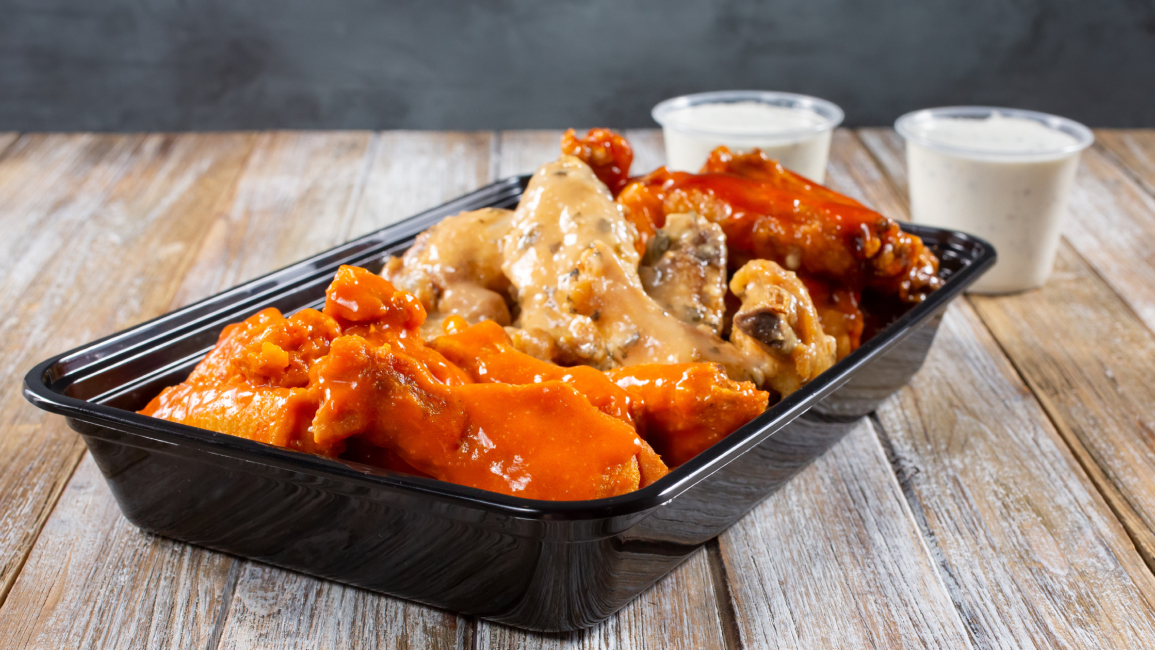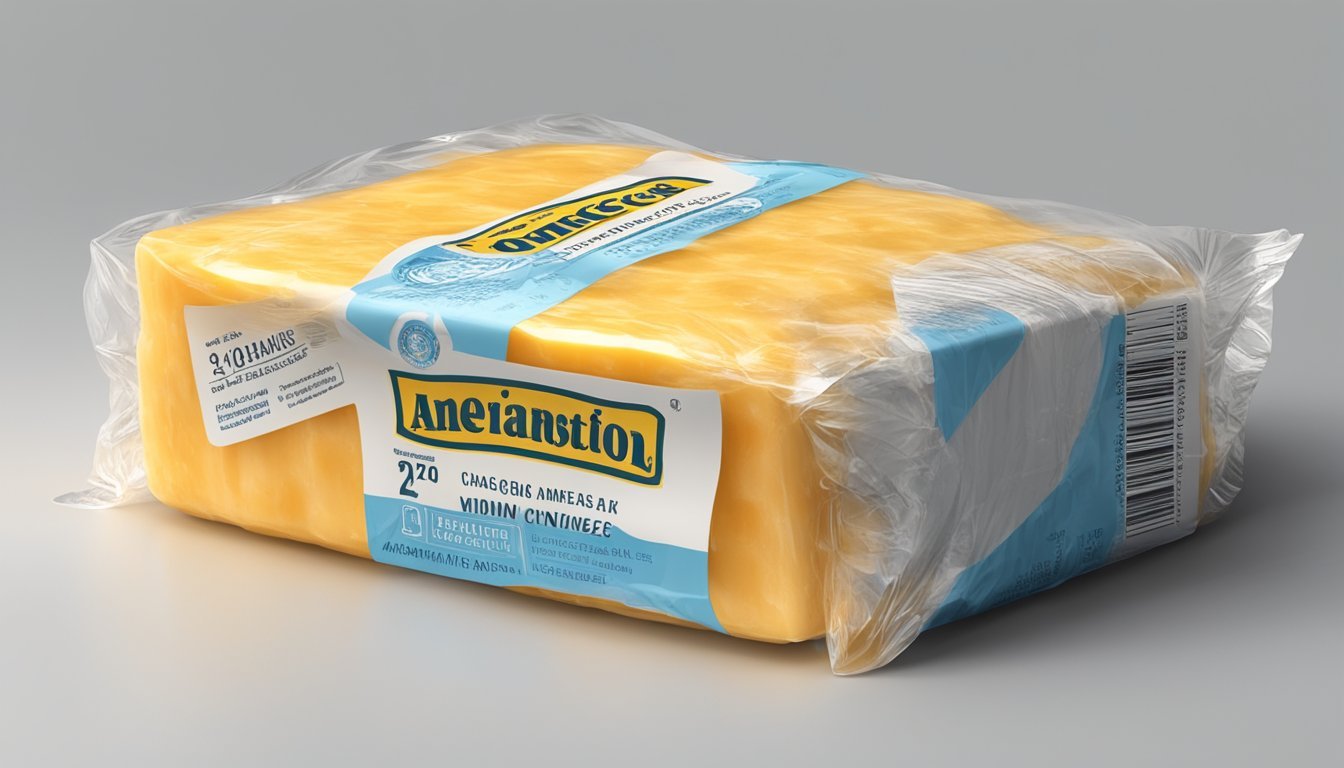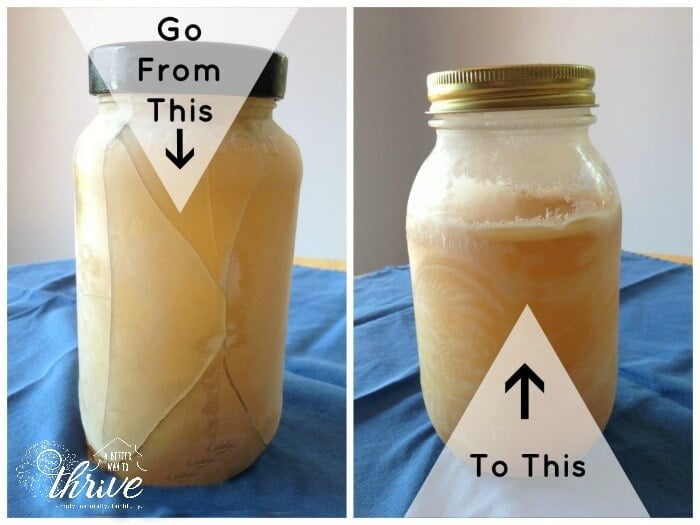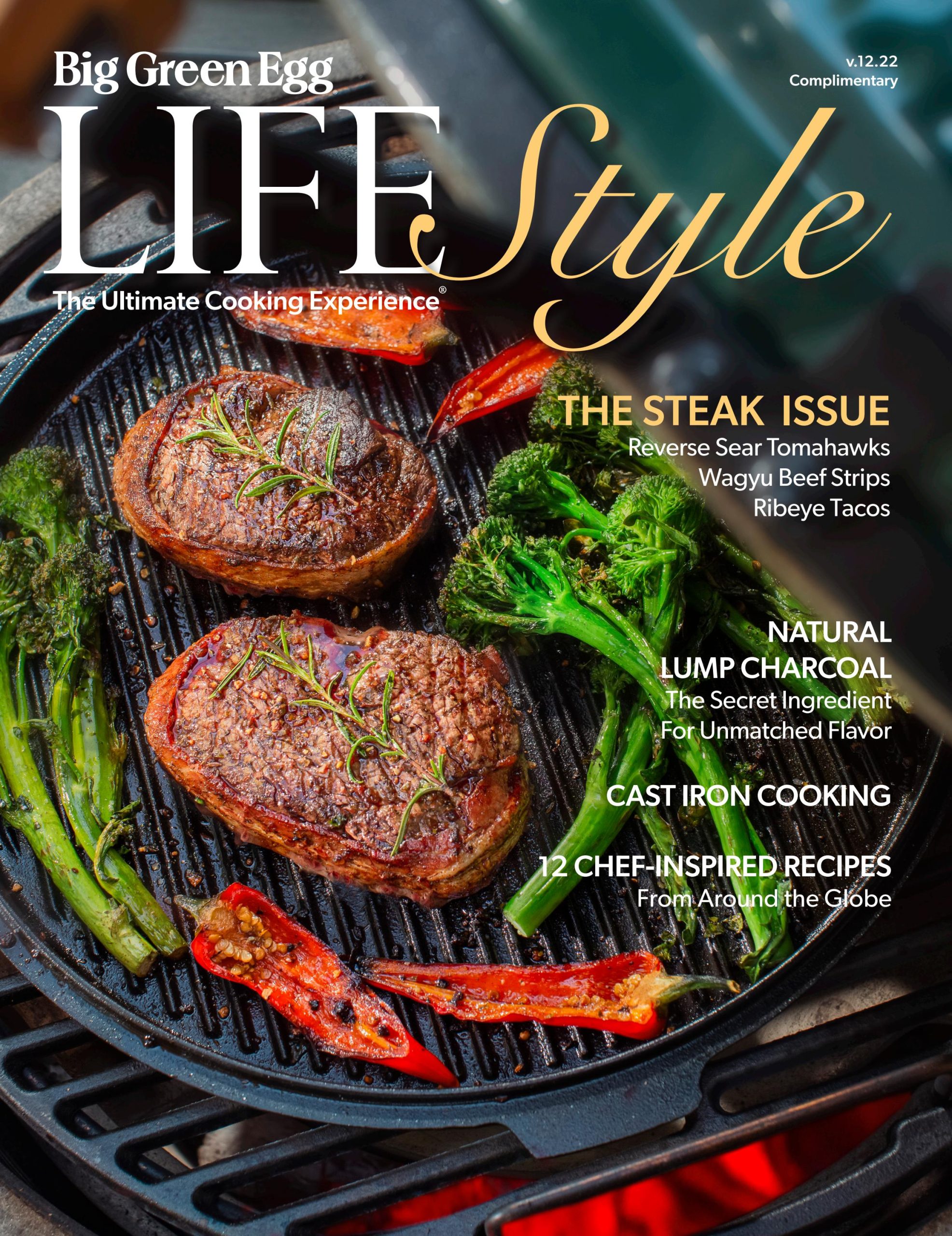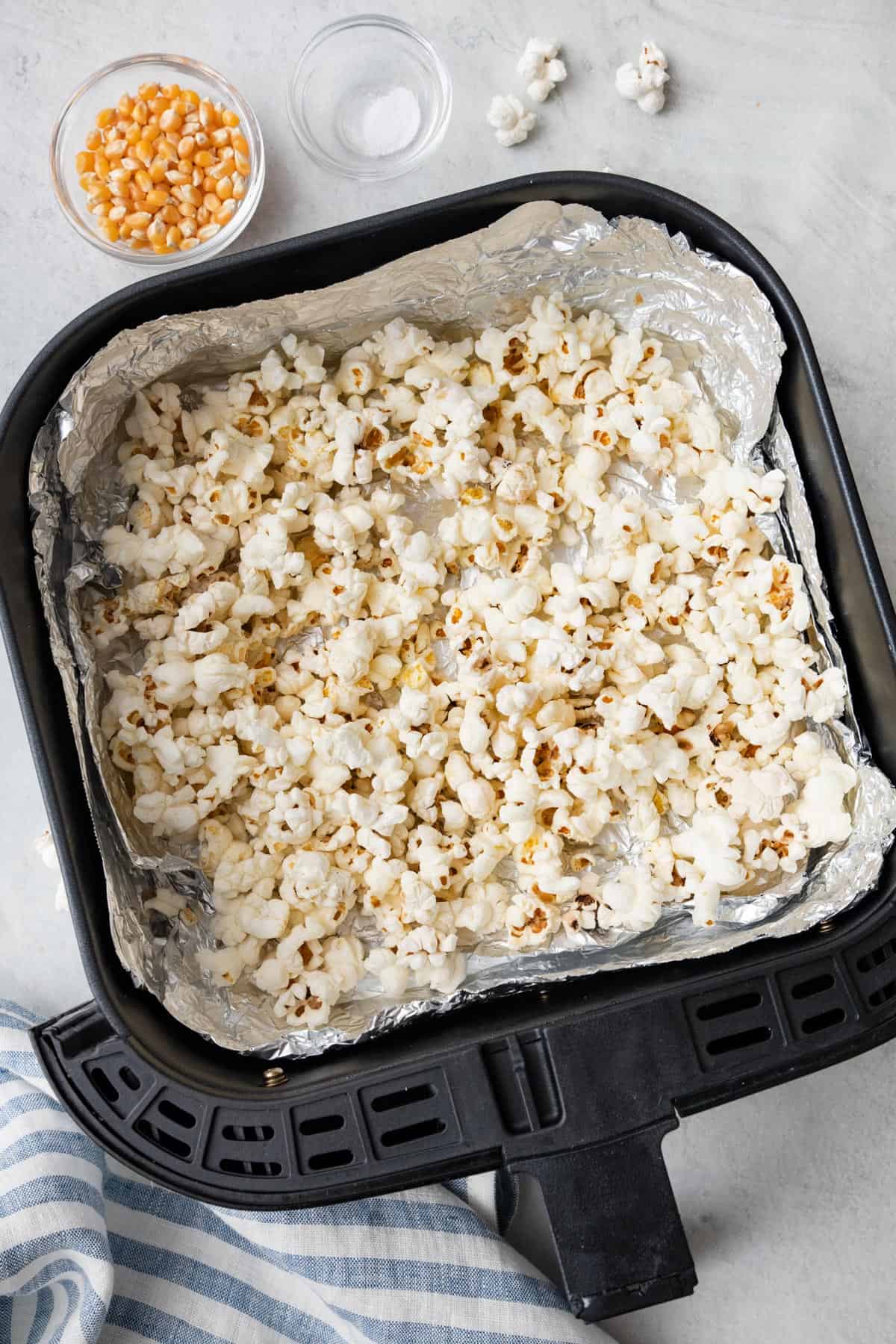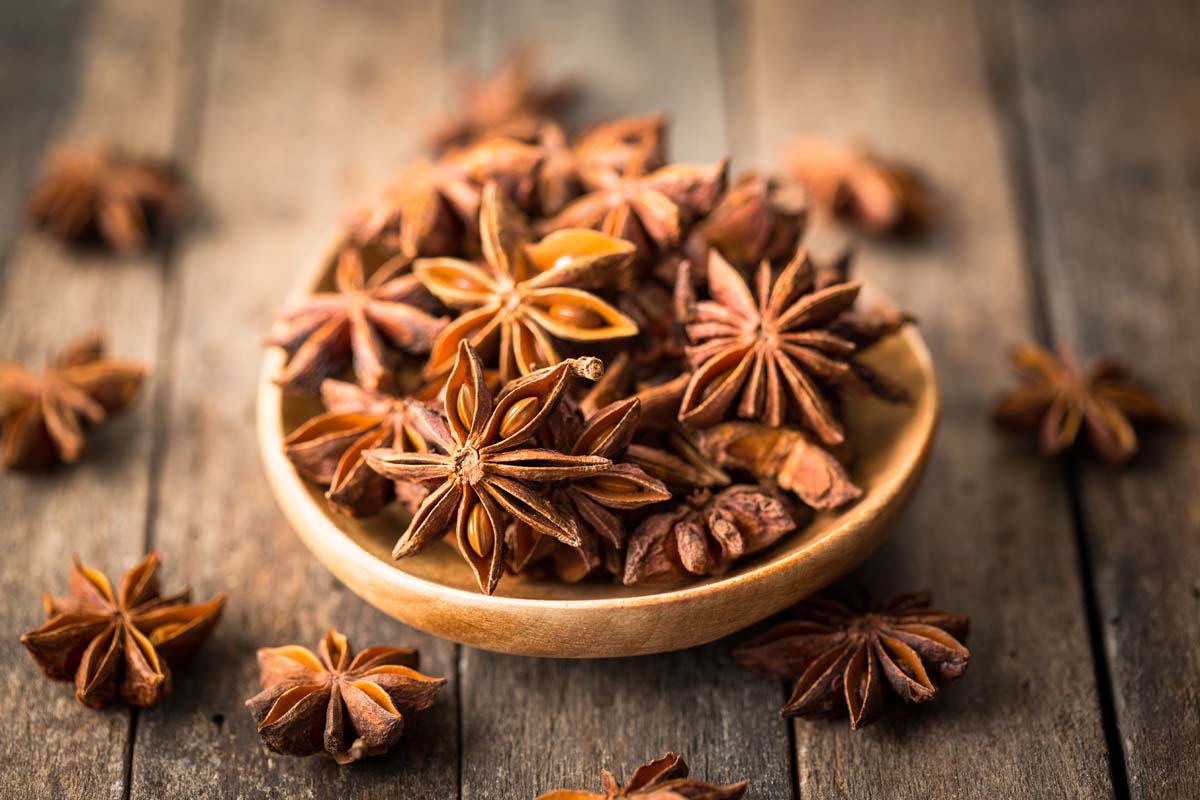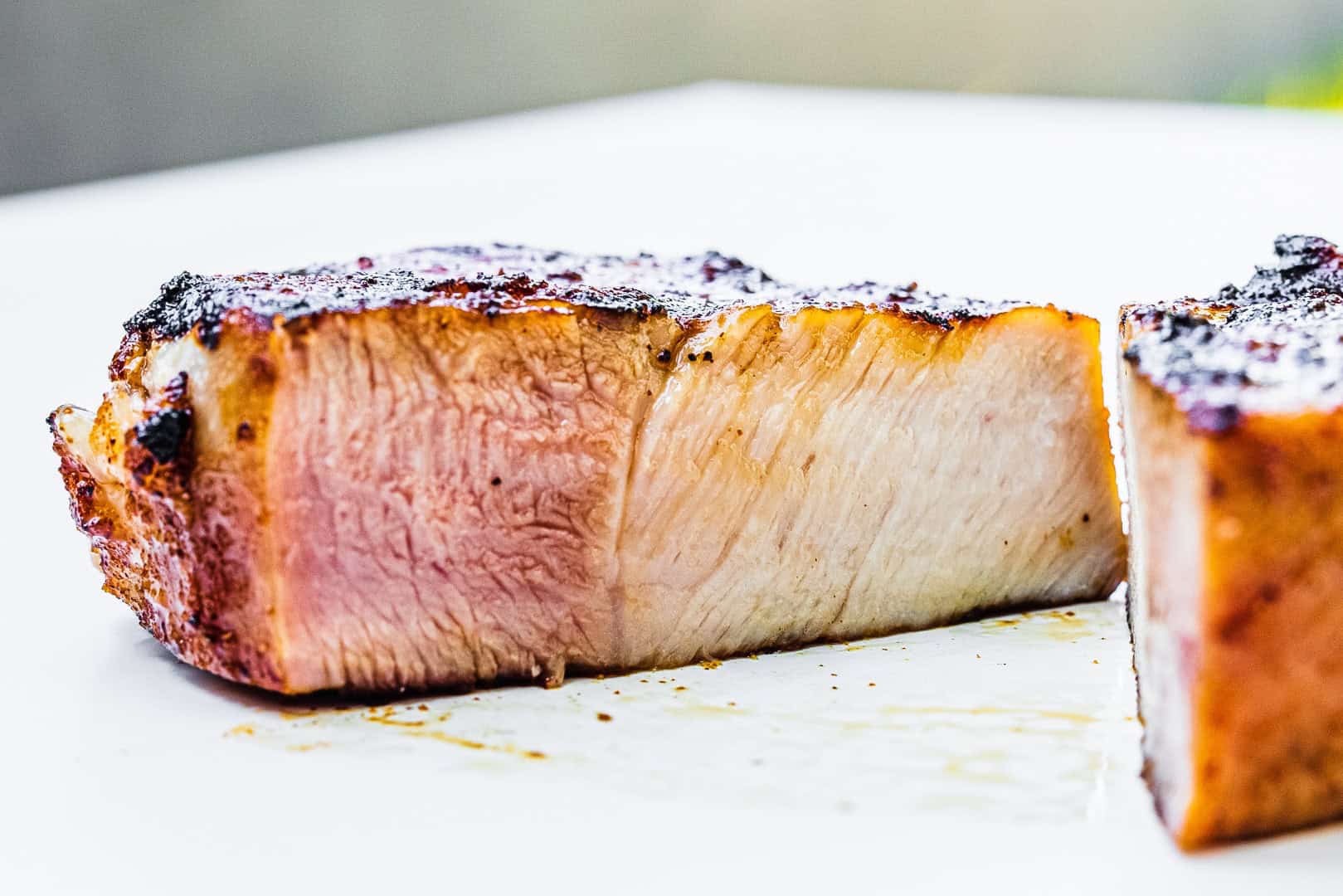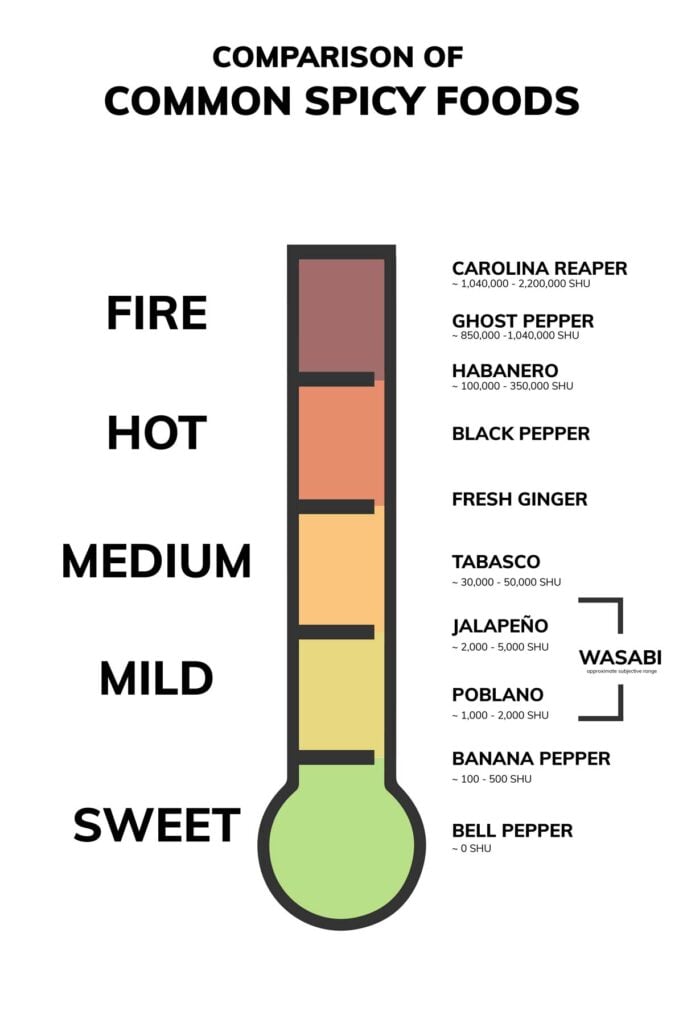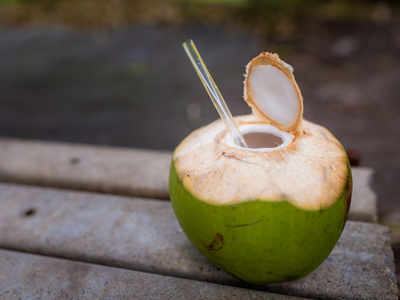The Best Way to Reheat Wings: A Comprehensive Guide
– This article provides a step-by-step guide on how to reheat wings to achieve delicious results.
– Chicken wings are considered white meat but have a concentrated poultry flavor of dark meat.
– Leftover wings can be challenging to reheat without over drying or making the skin rubbery.
– Proper food storage is important for the best texture and taste of reheated wings.
– Wings should be refrigerated in an airtight container as soon as they’ve cooled to room temperature and can be stored for 3-4 days or frozen for up to 3 months.
– The best methods for reheating wings are the oven, broiler, air fryer, and stovetop.
– The oven is highly recommended for reheating wings as it provides even heating and can achieve crispy skin and juicy interior.
– To reheat wings in the oven, preheat to 350 degrees Fahrenheit, place wings on a baking sheet with a wire rack, lightly brush with oil or cooking spray, spritz with water, and bake for 12 minutes until internal temperature reaches 165 degrees Fahrenheit and the exterior is crisp.
– Reheating in a standard oven range, countertop convection oven, or toaster oven with a convection or bake setting.
– Reheating under the broiler by setting it to high and positioning the rack 6-8 inches from the heating element. Flip the wings halfway through.
– Reheating in an air fryer by preheating it to 350 degrees Fahrenheit and placing the wings in a single layer in the basket. Lightly spritz or brush the wings with oil. Reheat for about 10 minutes, flipping halfway through until the meatiest portion of a wing reaches 165 degrees Fahrenheit.
– Reheating on the stovetop (only if previously fried). Fill a large, deep pan with ¼ inch of oil and heat it to 350 degrees Fahrenheit. Carefully transfer the wings to the oil and reheat for 3 minutes per side, flipping halfway through. Transfer to a plate lined with paper towels to drain excess oil.
– If the wings were sauced, toss them in reserved sauce after reheating.
– Two methods for reheating chicken wings to retain their crispy exterior and juicy interior.
– Method 1: Microwave and Oven Hybrid Method
– Preheat oven to 350 F.
– Line a microwave-safe plate with a damp paper towel.
– Place chicken wings on the plate and cover with another damp paper towel.
– Microwave wings for about 2 minutes or until slightly warm, being careful not to overheat.
– Transfer wings to a baking sheet and put them in the preheated oven.
– Cook for 1 minute, flip the wings, and cook for another minute.
– Check internal temperature of one wing, aiming for 165 F.
– Continue warming in the oven until internal temperature reaches target.
– Method 2: Frying Pan Method
– Let wings sit at room temperature for a few minutes after taking them out of the refrigerator.
– Heat 1-2 tablespoons of oil in a frying pan on high heat.
– Add chicken wings to the pan and fry for 2-3 minutes, turning halfway through.
– Once wings appear golden, check internal temperature of one wing, aiming for 165 F.
– Remove wings from the pan.
